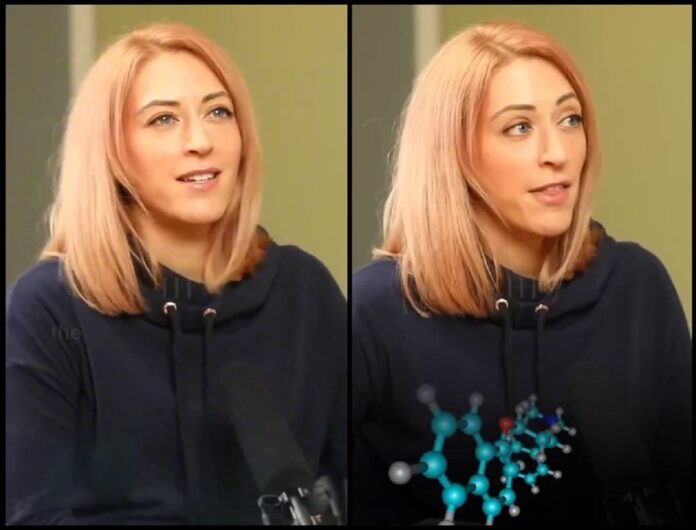The discovery of ‘hope molecules’ is hailed as the ‘most exciting find of the last decade’ by health psychologist Kelly McGonigal, PhD. These chemicals, secreted by the body under specific conditions, offer a promising insight into the interplay between physical activity and mental health.
Kelly McGonigal, a health psychologist and author, shared insights on ‘hope molecules’ during a podcast with Rich Roll. She recounted coming across the term in a scientific paper and noted its underutilisation. These ‘hope molecules’ refer to small proteins known as myokines.
According to McGonigal, muscles act like an endocrine organ. When muscles contract during any form of movement, they release chemicals like myokines into the bloodstream. These chemicals benefit various bodily systems, including heart health and immune function, and some can even combat cancer cells. More intriguingly, these proteins have significant effects on the brain.
Dr. Kelly Mcgonigal explains how exercising creates “hope molecules” within the body that act as natural antidepressants. pic.twitter.com/unJMaBOaAs
— QuantmLabs (@QuantmLabs) February 10, 2024
McGonigal elaborated, describing how activities like walking, running, or lifting weights trigger muscle contractions that release these proteins. They travel through the bloodstream, cross the blood-brain barrier, and act as anti-depressants. They enhance brain resilience to stress, boost motivation, and aid in learning from experiences.
For those wondering if these chemicals can be obtained in another way, McGonigal clarified, “The only way to get these chemicals is by using your muscles. This is part of how we become our best selves; we have to use our muscles.”
Myokines earned the nickname ‘hope molecules’ because studies found that exercise could shield rodents from depression and PTSD even after severe trauma. This suggests that these molecules provide hope even in challenging times.
McGonigal believes movement should be framed as an ‘intravenous dose of hope.’ She concludes, “It’s something you can choose to do to powerfully influence your mental health and resilience, and every time you move, you’re doing that.”
What Other Media Are Saying
- Medical Channel Asia explores ‘hope molecules,’ scientifically known as myokines, which improve mental wellness by reducing inflammation and stress, enhancing mood and brain resilience through exercise.(read more)
- Healthnews highlights how ‘hope molecules,’ or myokines, released during exercise, improve mental health by reducing stress and symptoms of depression, enhancing mood and cognitive function.(read more)
- Rose & Glow explores how “hope molecules” released by muscles during exercise influence mood and mental well-being, promoting brain cell growth and reducing stress and anxiety.(read more)
Frequently Asked Questions
Here are some common questions asked about this news
What are hope molecules?
Hope molecules are chemicals called myokines, secreted by muscles during movement, beneficial for mental and physical health.
How do hope molecules affect the brain?
They act as anti-depressants, increase motivation, make the brain resilient to stress, and enhance learning from experience.
Can you get hope molecules without exercising?
No, the only way to get hope molecules is by using your muscles through physical activity.
Why are myokines called hope molecules?
Scientists named them hope molecules because exercise helped protect rodents from depression and PTSD in traumatic studies.
What are the benefits of exercising related to hope molecules?
Exercise releases hope molecules that improve heart health, immune function, mental health, and resilience.



